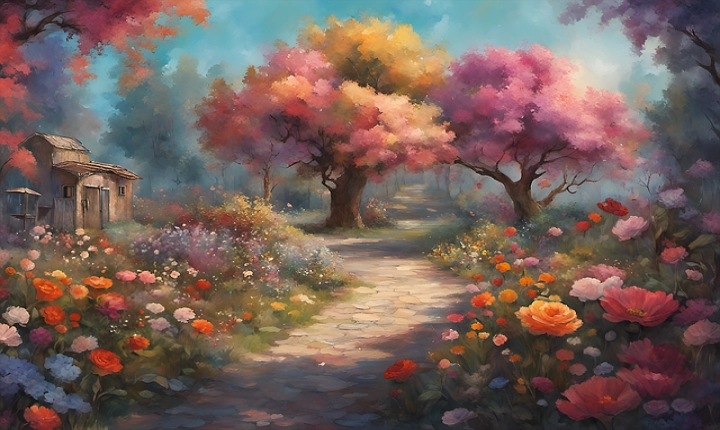Can ChatGPT Accept Images?
Chatbot technology has come a long way in recent years, with bots like GPT-3 (Generative Pre-trained Transformer 3) becoming increasingly adept at understanding and generating human-like text. However, one common limitation of traditional chatbots is their inability to process images. This begs the question: can ChatGPT, or similar language models, be enhanced to accept and process images?
The short answer is that while ChatGPT and other text-based models are primarily designed to work with natural language, there are ways to integrate image processing capabilities into them. While GPT-3 itself does not natively accept images as input, it is possible to create hybrid models that combine natural language processing with computer vision to enable image understanding and generation within the same framework.
One approach to incorporating images into text-based models is to use a separate image recognition system to preprocess images and extract relevant information. This information can then be passed as input to the language model, enabling it to generate text-based responses based on the content of the image. This allows the model to describe or discuss the contents of an image, turning it into a more versatile tool for communication and knowledge transfer.
For example, a chatbot enhanced with image processing capabilities could be used in customer service to analyze product images or troubleshoot technical issues. By accepting both natural language and images as input, the chatbot could provide more comprehensive and accurate assistance to users.
Another potential use case for integrating images with language models is in generating multimodal outputs. This means creating responses that incorporate both textual and visual elements. For instance, if a user asks a question about a certain location, the chatbot could pull up an image of that location while simultaneously providing descriptive text. This would make the communication more engaging and informative for the user.
One interesting development in this space is OpenAI’s DALL·E, a neural network that generates images from textual descriptions. DALL·E demonstrates the potential for language models to create and understand visual content, hinting at the possibility of broader integration of image processing and generation within text-based models like ChatGPT.
While the concept of integrating image processing with text-based models is promising, it also poses several technical challenges. For one, it requires combining two disparate fields of AI—natural language processing and computer vision. Furthermore, it demands significant computational resources to handle both text and image data in a single model.
Another challenge is the need for large and diverse datasets that contain both textual and visual information. Training a model to effectively understand and generate multimodal content requires access to a wide range of examples, spanning different contexts and domains.
Despite these challenges, the potential benefits of integrating images with ChatGPT and similar models are substantial. By combining language and vision capabilities, chatbots could become more versatile and capable of handling a wider array of tasks and interactions.
In conclusion, while ChatGPT itself may not natively accept images as input, there are opportunities to enhance it with image processing capabilities. By leveraging hybrid models and incorporating image recognition, it is possible to enable text-based models to understand and generate content based on visual information. As technology continues to advance, we can expect to see further innovation in this area, ultimately leading to more capable and dynamic conversational AI systems.
